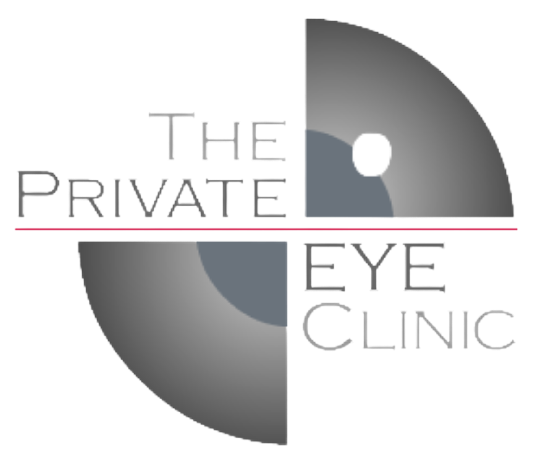
Pterygium
This is a non-malignant growth that grows from the white "skin" (conjunctiva) on the front of the eye onto the clear "window" (cornea) which is in front of the coloured part of the eye. Pterygium usually occurs in the inside corner of the eye.
Pterygium usually happens after many years of exposure to the sun, dust, wind etc. Ultraviolet light is a big factor in causing pterygium (this will get worse with the hole in our ozone layer). Having an injury or severe infection in the eye can seem to start off a pterygium. Patients who have a small pterygium or who have had a pterygium surgery should always wear glasses with a UV filter when they go outside.
-
Problems Caused by Pterygium
1. Appearance. They can look terrible and make the eye constantly red.2. Irritation. Even when small it can be quite irritating on, say hot windy days or in a smoky or dusty environment.3. Visual Distortion (or the threat of this) - especially when it is quite large. If it extends >40% of the way to the centre of the cornea it will always cause distortion that is NOT always reduced with surgery.
-
Treatment
Drops temporarily help the appearance and the irritation. Use "over-the-counter" eye whiteners (like Albalon, Zincfrin, Prefrin) as little as necessary. If these are inadequate then using weak cortisone drops (prescription only) can help and are safe if used only for a few days every now and then. A different prescription drop (NSAID) used 6 times a day for a few days can also help. Drops are NOT a long-term option, and if they are often required you should consider surgery.
-
Surgery
Most cases of pterygium bad enough to bring to a specialist's attention end up requiring an operation. The procedure takes about 30 minutes. Local anaesthetic is used and the procedure is considered by nearly all patients to be no worse than, say, a dental procedure. After the procedure, you have to use drops for about a month and attend the office 2-3 times during this month. It takes 1- 4 weeks for the eye to settle after pterygium surgery and most patients want to be off work for 5 - 7 days.
The spectacle prescription can sometimes change as a result of pterygium surgery.
Recurrence
Over half of operated pterygia will tend to grow back after surgical removal. Three techniques to lower this recurrence rate to about 5% are:
-
Radiotherapy
This requires 3 brief attendances with Dr Mark Steiner in this office. A tiny percentage of patients get scleral thinning many years later and develop a blue area on the white of the eye at the site of the radiotherapy. Very rarely this thinning can cause problems.
-
Conjunctival Transplant
When the pterygium is removed, we transplant some normal conjunctiva (most superficial layer of the white of the eye) that has been unaffected by UV light (eg the conjunctiva that is normally behind the top lid) onto the surgical area. This normal conjunctiva usually grows normally and does not have the tendency to cause or be associated with a recurrence of pterygium.
-
Amniotic Membrane Graft
Amniotic Membrane Graft is a newer alternative technique to conjunctival transplant. This is not yet as well developed or accepted as the older techniques.
Other techniques to lower recurrence rates (eg Mitomycin applications) may be used in particularly difficult situations.
Complications of Surgery
Minor complications (though no complication ever feels 'minor' to the patient) such as delayed healing, need for revision of conjunctival graft, persistent redness, or scleral thinning after radiotherapy, are uncommon (under 5%). Serious vision-threatening complications are extremely rare (way under 1%)
The spectacle prescription can sometimes change as a result of pterygium surgery.
Post- Operation Instructions
